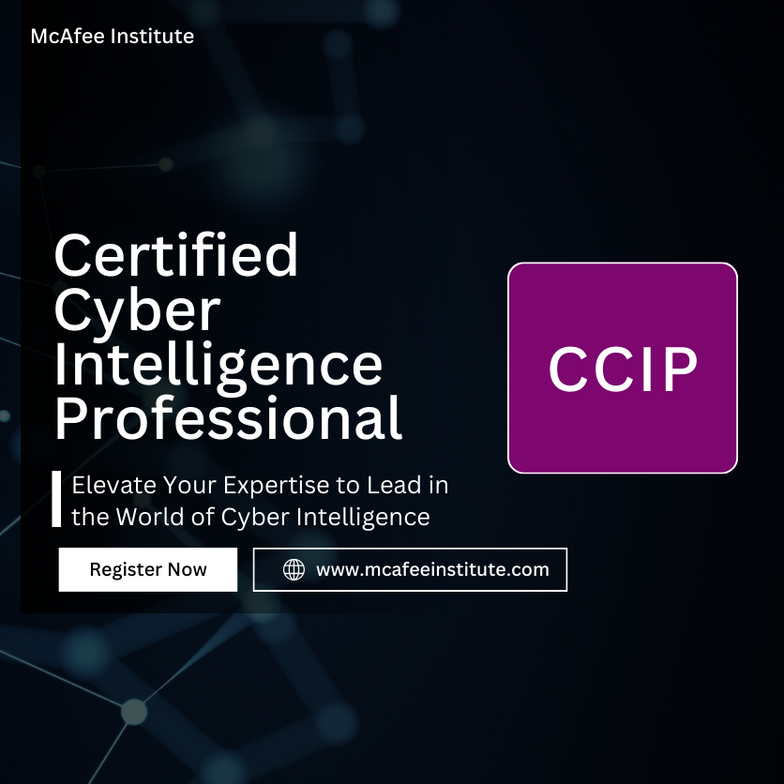Understanding Open-Source Intelligence (OSINT)
What is Open-Source Intelligence? Open-Source Intelligence (OSINT) is intelligence produced by collecting, evaluating, and analyzing publicly available information to answer specific intelligence questions. It transforms raw data into actionable intelligence by providing context and analysis.
Information vs. Intelligence It's crucial to distinguish between raw data and processed intelligence. Raw data becomes valuable intelligence only after it is critically analyzed and contextualized. For instance, merely collecting a person's Facebook friends list is not OSINT. The real value lies in interpreting this data to provide meaningful insights relevant to an investigation or intelligence question.
Sources of OSINT OSINT leverages a wide range of publicly accessible sources, including:
- Public Records: Court documents, property records, and business filings provide insights into legal disputes, asset ownership, and business operations.
- News Media: Current and archived news articles offer context and updates on various topics.
- Libraries: Academic and public libraries provide access to a wealth of published information.
- Social Media Platforms: Analyzing activity on platforms like Facebook, Twitter, and LinkedIn can reveal trends, sentiments, and connections.
- Images and Videos: Visual content from sources like YouTube and Flickr can provide critical evidence and context.
- Websites: Information from blogs, forums, and official websites adds depth to research.
- The Dark Web: Monitoring illicit activities and emerging threats.
Who Uses OSINT? OSINT is utilized by various professionals and organizations, including:
- Government Agencies
- Law Enforcement
- Military
- Investigative Journalists
- Human Rights Investigators
- Private Investigators
- Law Firms
- Information Security Professionals
- Cyber Threat Intelligence Analysts
- Penetration Testers
- Social Engineers
These users employ OSINT for diverse purposes, such as security assessments, market research, background checks, and investigative journalism.
Real-World Example of OSINT Consider a scenario where someone finds a driver’s license on the street. By simply Googling the person's name, they might quickly find a LinkedIn profile that includes the individual’s name, photo, and workplace. This example illustrates how easily accessible public information can be used to gather insights.
The Intelligence Cycle in OSINT The Intelligence Cycle is a structured process that guides OSINT activities:
- Preparation: Assessing the requirements and defining the objectives.
- Collection: Gathering data from relevant sources.
- Processing: Organizing and collating the collected data.
- Analysis and Production: Interpreting the data to produce actionable intelligence.
- Dissemination: Delivering the findings to stakeholders in an appropriate format, such as reports, briefings, or alerts.
Understanding Intelligence Dissemination in the OSINT Process Intelligence dissemination ensures that valuable insights are effectively communicated to relevant stakeholders through detailed reports, briefings, or time-sensitive alerts, facilitating timely and effective decision-making.
Passive vs. Active OSINT Understanding the difference between passive and active OSINT is crucial:
- Passive OSINT: Involves collecting information without engaging with the target. This method ensures anonymity and minimizes risks.
- Active OSINT: Involves direct interaction with the target, such as joining social media groups or messaging individuals. This method can yield deeper insights but carries higher risks of exposure and legal implications.
How is OSINT Used? OSINT supports a wide array of applications:
- Security and Intelligence: Identifying and mitigating security threats.
- Business and Market Research: Analyzing competitors and industry trends.
- Investigative Journalism: Uncovering stories and gathering evidence.
- Academic Research: Studying social trends and public opinion.
- Legal Proceedings: Gathering evidence and conducting due diligence.
Benefits of OSINT OSINT offers several advantages:
- Accessibility: Utilizes publicly available information.
- Diverse Sources: Draws from a wide range of platforms.
- Timeliness: Provides real-time data collection.
- Cost-Effectiveness: More affordable than other intelligence methods.
- Transparency: Easily verifiable information.
How OSINT Works The OSINT process involves:
- Collection: Gathering data from various public sources.
- Processing: Filtering and organizing the collected data.
- Analysis: Identifying trends and extracting actionable insights.
- Dissemination: Sharing the intelligence with stakeholders.
Common OSINT Techniques OSINT employs various techniques, including:
- Search Engines: Using advanced search operators to filter results.
- Social Media: Monitoring and analyzing social media activity.
- Public Records: Accessing court documents, property records, and business filings.
- News Sources: Analyzing current and archived news articles.
- Web Scraping: Using tools to extract data from websites.
- Data Analysis Tools: Utilizing software like Excel and Tableau for data analysis.
OSINT in Action: Organizational Benefits Organizations can leverage OSINT for:
- Criminal Investigations: Providing background profiles and situational awareness.
- Human Source Assessments: Evaluating the credibility of sources.
- Security and Risk Assessments: Identifying potential threats.
- Strategic Decision-Making: Informing policy and operational decisions.
Learn More About OSINT at McAfee Institute
Explore our Certified OSINT Professional (C|OSINT) program to gain in-depth knowledge and practical skills in open-source intelligence. Our certification equips you with the tools and techniques to excel in intelligence gathering and analysis, making you a valuable asset in any field requiring detailed and actionable intelligence.











Share:
Tips & Tricks: Boost Your Investigative Skills with These Top Tools
The Value of Certified Expert in Cyber Investigations (CECI): Overcoming Challenges in Cyber Investigations